News
-
 Astronomy
AstronomyA cosmic census triples the known number of black holes in dwarf galaxies
The DESI survey reveals that active black holes in small galaxies are common. The findings may help reveal how the two cosmic bodies evolve together.
-
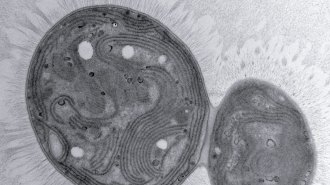 Climate
ClimateMeet Chonkus, the mutant cyanobacteria that could help sink climate change
The mutant of the lab-studied Synechococcus elongatus has traits good for ocean carbon storage.
-
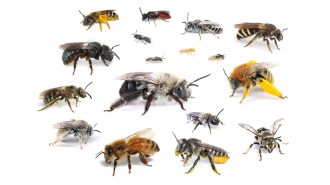 Animals
AnimalsBees flying near cars are dying by the millions, a roadkill study suggests
Scientists in Utah put sticky traps on car bumpers to tally how many bees get hit on a typical trip. The broader toll is immense, they estimate.
By Amanda Heidt -
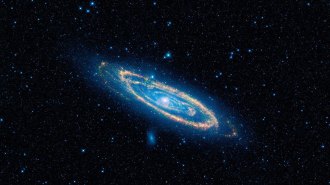 Astronomy
AstronomyA star winked out of sight. Could it be a ‘failed supernova’?
The dramatic dimming of a star in the nearby Andromeda galaxy could mark the birth of a black hole.
-
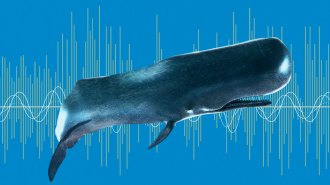
For deep-diving whales, plastic garbage may ‘sound’ like food
Experiments show that the acoustic signature of plastic and prey is similar. That may confuse whales that use echolocation to hunt.
-
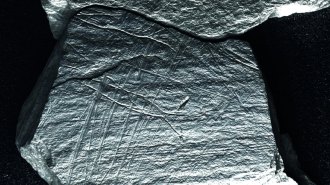 Archaeology
ArchaeologyA digital exam reels in engraved scenes of Stone Age net fishing
Nearly 16,000-year-old portrayals of fish surrounded by nets had evaded detection until a new technique took magnification to a new level.
By Bruce Bower -
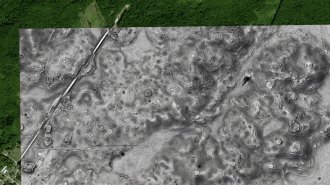 Archaeology
ArchaeologyA huge, ancient Maya city has been found in southern Mexico
Lasers revealed that the city spanned roughly the same area as Beijing and may have been among the most densely populated in the region.
-
 Agriculture
AgricultureExploiting a genetic quirk in potatoes may cut fertilizer needs
A gene controlling potato growth limits the plant’s fertilizer uptake. Tweaking related genes could lead to more sustainable potato varieties.
-
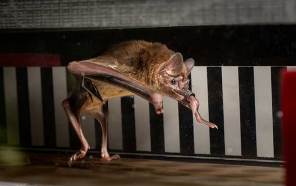 Animals
AnimalsPutting vampire bats on treadmills reveals an unusual metabolism
A bat gym shows that vampires are more like some insects, burning amino acids from blood proteins rather than the carbs or fats other mammals rely on.
By Susan Milius -
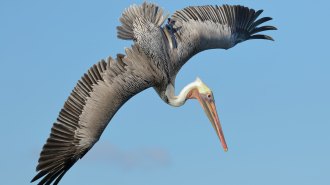 Tech
TechFeather-inspired airplane flaps could boost flight performance
Rows of flaps inspired by bird wing feathers improve airfoil performance by boosting lift, reducing drag and mitigating stall.
By Nikk Ogasa -
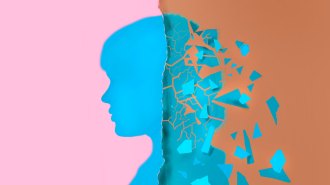 Anthropology
AnthropologyThe ‘midlife crisis’ is too simple a story, scientists say
Some scientists want to shift focus to the teen mental health crisis. But the course of happiness is too complex for simplistic theories, experts warn.
By Sujata Gupta -
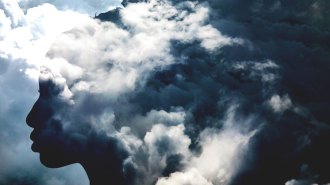 Humans
HumansA phone app could help people have lucid dreams
New experiments show that an app developed by researchers can boost snoozing users’ likelihood of knowing when they are having a dream.